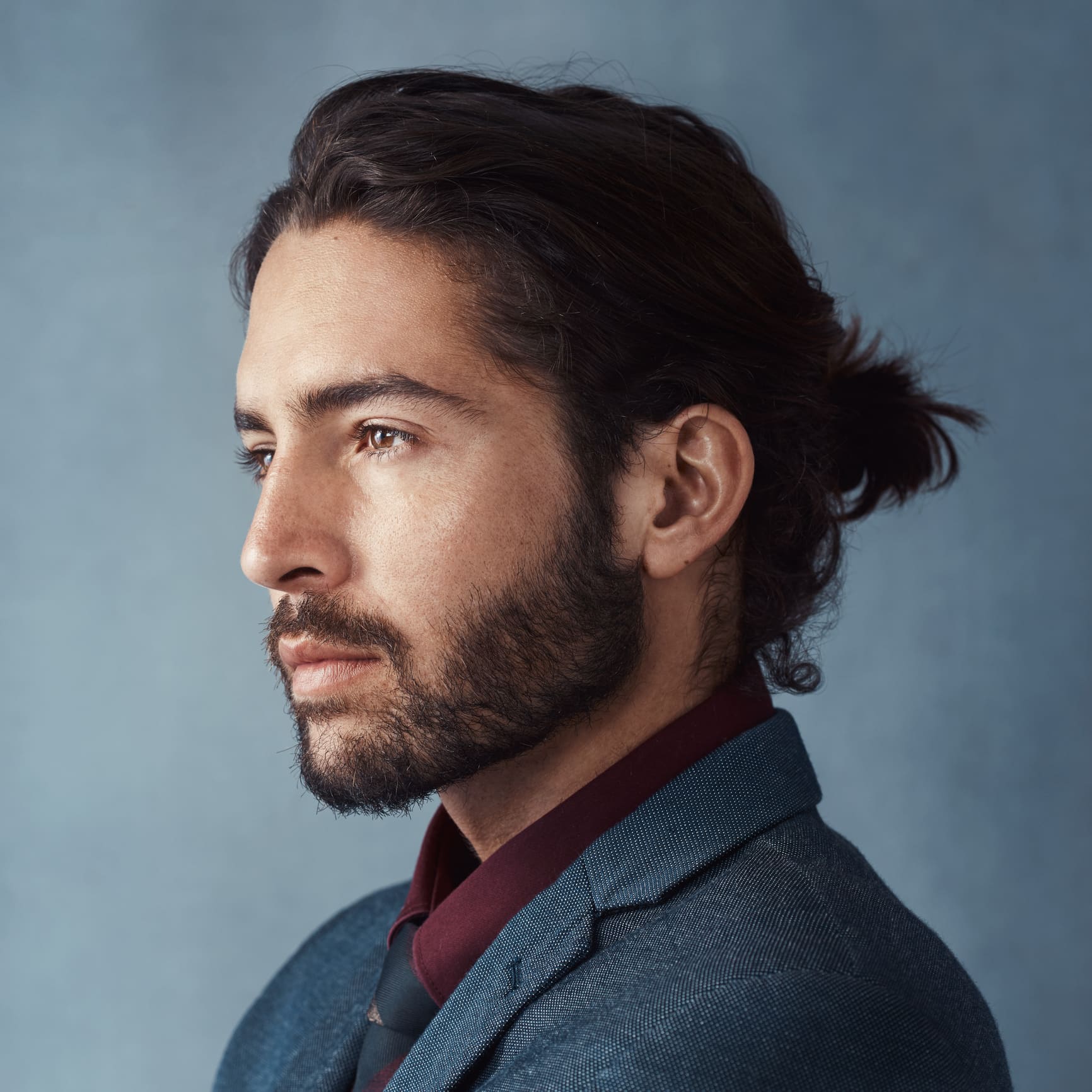Hair Transplants
In Regina, Canada
Introduction to Hair Transplants
A full head of hair that you can style and flaunt anytime, anywhere – this completes your entire look and personality. But what happens when you experience hair loss? What can you do to reinvigorate your hair growth while keeping it to look all-natural?
The average person may lose 50-100 strands of hair a day, which is a normal amount. Add to this genetics, medical conditions, medications, and other factors, hair loss can be more severe and too obvious to ignore. Once hair thinning or bald patches show, hair transplantation could be the remedy that you need.


What are Hair Transplants?
A hair transplant is a surgical procedure where a board-certified surgeon transfers hair from one area to another of your head under anesthesia. This is usually done to people who experience hair loss and balding. Whether caused by aging, genetics, vitamin deficiencies, an underlying medical condition (ex: alopecia, thyroid diseases), or trauma (ex: injuries or burns) hair transplant surgery can fill in the areas in need of hair growth and continue to grow there.
Hair transplants are often referred to as hair grafts or hair plugs. They blend in naturally into your hair and the goal is to make it unnoticeable by anyone who sees. With hair transplantation, hair can return to its natural state, and even look fuller and healthier looking.
Hair transplantation is recommended for people who have already undergone other hair loss treatments and are unsatisfied with the results.
How Do Hair Transplants Work?
When you opt to do hair transplantation, there are two popular methods for you to
consider: follicular unit strip (FUS) or follicular unit extraction (FUE). Both methods are
administered under local anesthesia.
A surgeon who performs the FUS method will remove a strip of skin from the back of a
person’s head. This strip of skin contains hair follicles and will serve as your “donor”
site. The 6-10 inch strip of skin is divided into tiny, individual units and groups of units
which are then transplanted onto the balding parts of the scalp.
Meanwhile, for FUE, there is no incision made. Hair follicles are removed with a “punch”
device. These hair follicles are also implanted on the bald spot on the head.
The hair transplant procedure could last from 3-4 hours, depending on the number of
hair follicles implanted. The procedure is well tolerated by our patients, with most
patients falling asleep or watching television during the procedure. At PAI Medical
Group, we pride ourselves on our follow up process which starts at day 1 post-
procedure where we teach our patients how to wash and care for their newly
transplanted hair.
Most people will notice new hair growth after 6-9 months and this new hair will thicken
with time. The best thing about hair transplants is the newly transplanted hair is
PERMANENT!


Benefits of Hair Transplants
Aside from regaining your full head of hair and self-confidence, hair transplants also provide these positive benefits:
Low Maintenance
Once the transplanted hair has grown, it can be treated just like your natural hair.
Natural-Looking Hair
With an expert surgeon at the helm, you can achieve excellent results, especially with the density and coverage. This makes your transplanted hair appear more natural.
Hair Flexibility
After surgery, you can gently part and comb your hair. When your scalp has completely healed, you can start hair-grooming habits to give your hair the volume it needs. Consult with your surgeon for hair products and styling aids that are good for both your scalp and hair.
Cost-Effective
Since this is not a temporary solution, it is more cost-effective in the long run. Consider hair transplants as an investment that add value to your quality of life.
Permanent Hair Solution
Unlike hairpieces such as wigs or toupees, hair transplants last longer. You do not have to worry about your hair falling off and avoid embarrassment.
Personalized Treatment Plan
Hair transplantation is a surgery administered with local anesthesia. Although the technology has improved, consult with your surgeon to manage your expectations during the procedure. A customized treatment plan that has your health and safety as top-of-mind will be provided for you.
Why Choose PAI Medical Group
PAI Medical Group is a hair restoration service provider that offers hair transplantation, hair loss prevention, and laser hair therapy for men and women. They have clinics throughout the United States and Canada, and use exclusive techniques such as Multi-Unit Hair Grafting, Corrective Hair Transplants, and ARTAS FUE. All hair transplants require a direct consultation with the Royal College Surgeon, backed up with careful surgical planning.
As one of the largest and most innovative hair transplant management companies in North America, they have been in business for many years and have helped people to regain their confidence in their hair. They only use the latest high quality hair systems, offer a full range of hair restoration services, and employ the most qualified and professional surgeons. With PAI Medical Group’s expertise in hair transplantation, you are assured of incredible results in achieving natural and healthy looking hair.
Frequently Asked Questions
Who might benefit from hair transplants?
Good candidates for a hair transplant include men with male pattern baldness, women with thinning hair, and anyone who has lost some hair from a burn or scalp injury. Those who experience the hair condition, alopecia, can also avail of the hair transplant surgery, provided there is a section of the head as a donor site for healthy hair follicles. People who are prone to form keloid scars may have to find an alternative hair treatment option as well.
How long do hair transplants last?
A hair transplant surgery can go from 3-4 hours. The hours spent during the procedure will also depend on the number of hair follicles that need to be transplanted by your surgeon.
What are the side effects of hair transplants?
The side effects of hair transplant surgery are only temporary. These include crusting or scabbing, itching, swelling, and a feeling of tightness.
Is undergoing hair transplant surgery painful?
Hair transplant surgery requires local anesthesia with injections on the sites of treatment. There will be numbing on the scalp and generally, the pain level should be low. However, after surgery as the anesthesia wears off, you may feel a stinging sensation from your sutures. There is considerable downtime for at least a month.
What results can be expected?
Hair transplant surgery is a permanent solution. The results may vary from person to person and most people respond to the treatment better than medications or non-surgical procedures. Hair transplant surgery does not stop the natural thinning or losing of hair though, so you may have to consult with your surgeon if there should be any maintenance protocols or further surgeries that may be necessary for optimal results.

